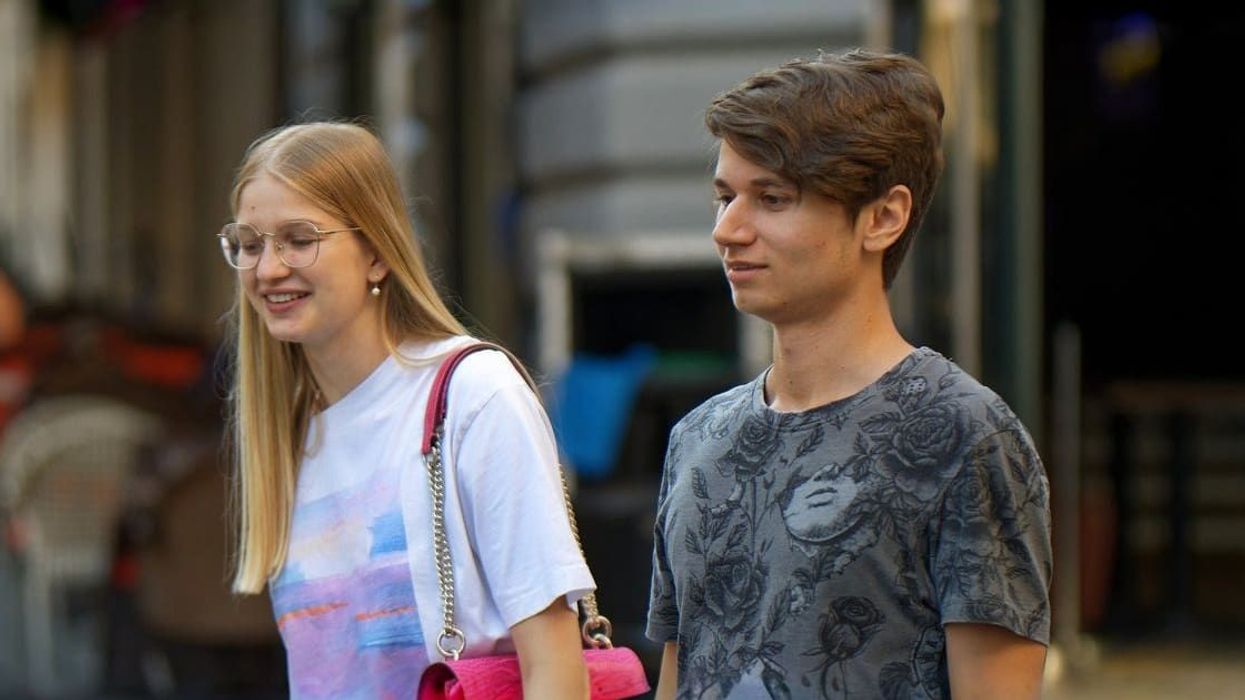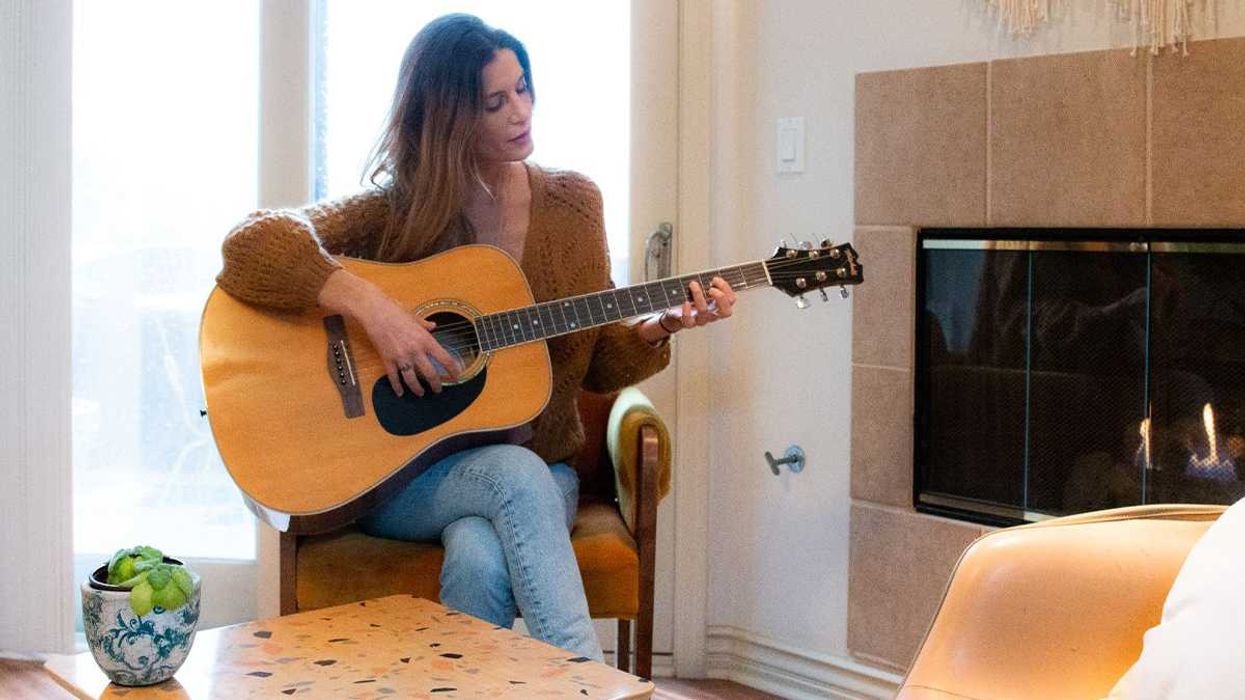The Dictionary of American Regional English, a comprehensive lexicon of local language quirks, nears completion
If you're living in a snowpocalyptic wasteland like the ice planet Hoth, Buffalo, New York, or much of the United States lately, you've probably shoveled some snow onto the berm.Berm?Oh, excuse me, depending on where you live, you may know that strip of grass between the sidewalk and street by another name, such as boulevard, devil strip, grass plot, neutral ground, parking strip, parkway, terrace, tree belt, or tree lawn.The language of grass strips is just one of thousands of areas of American life documented in the Dictionary of American Regional English, one of the oldest and most ambitious projects in the history of American lexicography. Dedicated to capturing all terms that are not part of standard English nationwide, DARE dates from the 1960s and will finally be fully published in 2010 (though its eventual digitization promises to enrich and expand the dictionary indefinitely).The founder and patron word saint of DARE is Fred Cassidy, an English professor at the University of Wisconsin who died in 2000. In the sixties, Cassidy was inspired by Britain's English Dialect Dictionary and vowed to create one for the United States. This was a tall order. As even non-geography majors tend to notice, the United States is freaking huge, and its regions are larger than most countries.To gather info, Cassidy assembled a term of 80 fieldworkers (mainly graduate students) to find informants who could answer questions on local language. Between 1965 and 1970, DARE informants from over a thousand communities-who included engineers, homemakers, storekeepers, journalists, museum staff, ranchers, postal workers, teachers, miners, truckers, barbers, librarians, loggers, students, and seamstresses-were asked the1800-question survey, which covered a metric bazillion-load of hyper-specific subjects, such as:"Very small insects, almost too small to see, that get under your skin and cause itching""What nicknames do people have around here for a small eating place where the food is not especially good?""When yellowish stuff comes out of a person's ear, he has a ______""Words or expressions used here, where one person supposedly casts a spell over another:"The results produced the most exhaustive look ever at regional language in America, which does more than define the terms collected: DARE is a historical dictionary, so it includes representative citations to show how the words are used. But the most unique element of DARE is the maps-proportional population maps that shrink low-pop areas and embiggen densely populated regions to give a sense of precisely where the terms are found, and how widespread they are. Some exist in only one city, while others span several regions, but as long as the words are not used from sea to shining sea, they belong in DARE.Exhaustive documentation of regional language has rarely been a national priority, and funding problems have plagued DARE over the years. Chief Editor Joan Hall-who has worked for DARE since 1975-and her colleagues at the University at Wisconsin are giddy at the thought of finally reaching Z next year. (The previous volumes were published in 1985, 1991, 1996, and 2002, covering A-Sk). And yet, the long delays have had an upside, as the tremendous digital resources now available have enriched the later volumes. Hall singled out wharfing as an entry that's fuller now than if it had been published decades ago: "For the entry for wharfing, a ramp that gives access to the mow of a barn…we started with three or four anecdotal quotes, all from New England, from 1999-2005. But Google Books took us back to 1823, 1852, 1881, 1916, and 1928, and Lexis-Nexis gave us 1860. All quotes were from New England, so they greatly strengthened the regionality and showed us the scope of the usage."For a word-lover like myself, DARE is a kind of unholy cross between crack, the Bacon Explosion, and a rainbow made of chocolate. If words float your boat to pleasant waters too, you might just drown in the wonders of DARE. Here are some words and expressions I found for the first time in this unique word-book; they are the mere tip of the tip of the dictionary-berg:mubble-squibbleIf you thought there was only one word for a noogie, here's a synonym from North Carolina that will liven up your childhood memoirs.monkey's weddingLike dog's breakfast, this expression (found in Maine) describes a hot mess, a real cluster-something.discomgollifusticatedThis New Englandism makes the standard discombobulated seem succinct and restrained. Just a few words down is the even more extravagant discumgalligumfricated.cockroach killersFound in New Jersey, this is a term for shoes that are pointy enough to go medieval on our revolting friends.to fight one's hatThis southwestern expression means "to struggle uselessly," which makes sense if you've ever tried to pick a fight with a lid, most of which are neither pugnacious nor easily offended.death ballsYou may know them as dust bunnies, but in the dust bunny community, this southwestern Missouri term is favored since it commands more respect. The example in DARE indicates that death balls reveal not only past squalor: they foretell future death. (Note to self: clean under couch).son of a biscuitA Wisconsin euphemism that's polite enough for all ages.But if you think DARE is only useful to the chronically word-loving, think again. A surprising assortment of professions have come calling at DARE's door, including actors doing dialect research, test-makers trying to make exams comprehensible to non-standard English speakers, and doctors who know firsthand that dialect variation can have a real effect on treatment if patients use high blood, low blood, or the sugar instead of the standard diabetes.DARE has even taken a bite out of crime, and I don't mean a police officer used one of the enormous volumes to bludgeon a suspect, a la Vic Mackey. Forensic linguist Roger Shuy has used DARE a few times: as a tool in puzzling out the Unabomber's background and, later, in a kidnapping case when the kidnapper used devil strip in the ransom note. Turns out that term (one of the synonyms for tree lawn) is used mainly around Akron, Ohio, which helped investigators narrow their search.All too often patriotism is wrapped in flags and accompanied by bombs, as if troops and wars and governments were all there is to be proud about, nation-wise. But I'm proud to be part of a discomgollifusticated nation that gives mubble-squibbles liberally. DARE is a vivid, vibrant reminder of rich regional language that is ever-changing and not going away. If you care about language that is particularly, peculiarly, and distinctly American, then son of a biscuit, it is your patriotic duty to get thee to a library (or Amazon) and give DARE a chance.
















 Otis knew before they did.
Otis knew before they did.